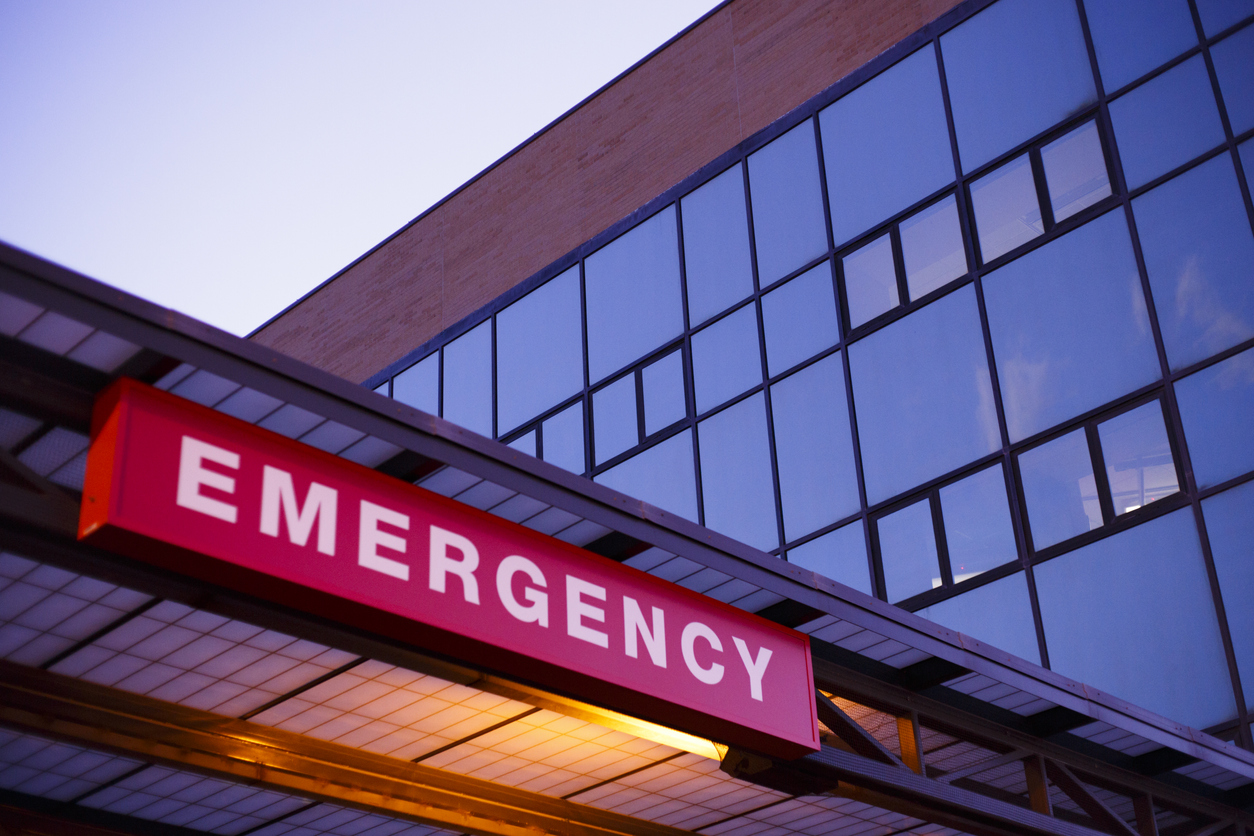
Large 18-wheelers transporting massive cargo often carry yellow banners with the words “Oversize Load” and are sometimes escorted by other vehicles on South Carolina highways.
Although they are vital to America’s land transportation network, driving near an oversized load truck in a passenger vehicle can be nerve-wracking. Accidents involving oversized load trucks can be catastrophic, causing more damage than even standard semi-trailer truck crashes.
Understanding common accidents involving these vehicles and how to drive safely around one can protect your well-being on the road. However, not all wrecks can be prevented. If you are injured by a truck in South Carolina, working with a truck accident attorney can protect your right to compensation.
What are Oversized Load Trucks?
An oversized load truck is a semi-trailer truck transporting cargo that exceeds the state’s legal height, width, and weight limits. South Carolina’s legislation defines two types of oversized loads: Oversized (OS) and Overweight (OW) loads.
Trucking companies transporting OS or OW loads through South Carolina must possess a valid OSOW permit. In South Carolina, truck cargo is considered oversized or overweight if it exceeds the following dimensions:
- Containerized cargo: Up to 8’6” wide, 13’6” tall, and 100,000 lbs. distributed between 5 axles or more
- Mobile homes: Up to 14’ wide, 13’6” tall
- Non-divisible loads: Up to 14’ wide, 13’6” tall, and 100,000 lbs. distributed between 5 axles or more
Other oversized loads, such as culvert pipes, sheet tobacco, bulk agricultural cargo, or superloads, are independently defined and subject to their own rules.
Common Risks and Accidents with Oversized Load Trucks
The risks involved when driving oversized load trucks are higher than standard semi-trucks. These vehicles’ extreme size and weight make them more challenging to maneuver, particularly when braking or negotiating lane changes and curves.
The oversized cargo they transport must also be securely attached to the trailer, which can introduce more challenges than standard-sized containers or tanks. Oversized load trucks require advanced skills and experience to operate safely.
Common accidents involving oversized trucks include:
- Trucks exceeding the maximum height: If the truck transports cargo that is too tall for the state’s roads, it increases the risk of striking overhead bridges. The resulting damage can leave dangerous debris on the road, endanger vehicles on the bridge, or cause cargo to detach from the trailer and hit cars behind the truck.
- Spillage accidents: Oversize load trucks often exceed the width of a single lane. This increases the risk of scraping or hitting cars and trucks in adjacent lanes, especially if the truck driver provides inadequate warning. Their extreme size and weight can cause considerable damage to the vehicles they strike.
- Infrastructure damage: Oversized load trucks can weigh much more than the standard allowed for tractor-trailers. Some South Carolina roads, highways, and bridges are not intended to support these weights and may sustain structural damage. Oversized load trucks can weaken the beams or supports, increasing the risk of collapsing and endangering other motorists.
- Maneuvering risks: An oversized load truck requires a considerable braking distance to stop at typical highway speeds. Oversized cargo means drivers have less visibility than standard semi-trucks. Negotiating sharp corners, narrow roads, or traffic is also more challenging. These factors increase the risk of hitting other vehicles on the road, potentially causing severe injuries to their occupants.
Safety Tips When Driving Around Oversized Load Trucks
When driving near an oversized load truck, you can minimize the risk of an accident with defensive driving maneuvers. Consider these safety tips to stay safe when navigating the roadway with an oversized load vehicle:
- Mind the truck driver’s blind spots: Oversized loads have much larger blind spots than standard semi-trucks. Ensure the driver sees you before you attempt passing, use your turn signals early, and use the furthest lane possible to make a safe pass.
- Keep a safe distance: If the oversized load truck is not escorted by pilot cars, keep a safe distance when driving in front of the vehicle. The weight of these trucks means they take longer to stop — give them plenty of time to brake to prevent a rear-end accident by putting several cars’ distance between you and the oversized load vehicle.
- Give them space when they turn: Never attempt to pass an oversized load truck while it’s turning, as your vehicle may remain inside one of its blind spots for an extended time. Always ensure the truck driver has plenty of space to maneuver, especially around intersections.
- Stay focused and be patient: Oversized load trucks are slower, require more time to complete their maneuvers, and often drive under the maximum speed limit to ensure other drivers can pass them safely. If you cannot safely pass such a truck, maintain your attention on the road, avoid aggressive driving, and wait until the next safe opportunity to pass.
Call Joye Law Firm’s Skilled Truck Lawyers Today
Being involved in an oversized truck accident can be traumatizing and life-altering. If you are injured due to the carelessness or negligence of an oversized truck driver, contact Joye Law Firm’s South Carolina car crash lawyers as soon as possible.
We will conduct an investigation to determine if the truck driver acted negligently and gather evidence to support a compensation claim. Our attorneys can help you receive a fair settlement for your injuries after a devastating truck accident.
Our firm has represented victims of personal injuries caused by the negligence of others since 1968 and we are committed to helping our clients receive the compensation they deserve. Contact us today for a free consultation.






































